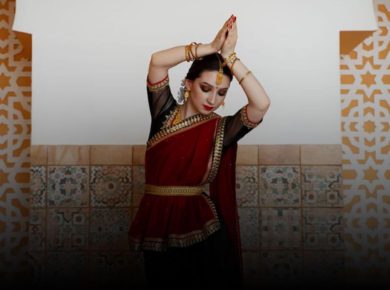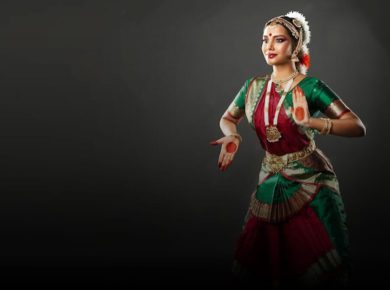Imperial Style during Islamic Era in India
Slave dynasty (1206-1290)
Also known as Ilbari dynasty, as all the ruler’s belonged to Ilbari tribe except Qutubuddin Aibak. The Style developed by them is called Mamluk Style. They started converting existing structures into the Mosque’s on Qila Rai Pithora (1st of 7 historical cities of Delhi).
The Quwwat-ul-Islam Mosque was constructed by Qutub-ud-din Aibak around 1192 AD by the demolished material of Hindu and Jain temples. Quwwat-ul-Islam mosque – first mosque built in Delhi after the Islamic conquest of India.
The Qutub Minar of Mehrauli was built around 1199 by Qutub-ud-din and finally completed by his son-in-law and successor IItutmish (1210-35).

- Another well-known mosque is Adhai-din-ka-Jhonpra at Ajmer which was also constructed from the material obtained after demolishing Hindu temples.
Khilji Dynasty (1290-1320)
- The Style developed by them is called as Seljuk style
- Enlarged the Quwwat-ul-Islam mosque and built a gateway known as Alahi Darwaja to the enclosure of the mosque
- Allauddin Khilji also established the 2nd city of Delhi at Siri and dug a vast reservoir at Hauz Khas (Hydraulically structured) around 1311AD
- Prominent features of Seljuk Style adopted by the Khiljis were –
- the true arch in the form of a pointed horseshoe
- broad dome, recessed arches under the squinch
- perforated windows, inscriptional bands
- use of red sandstone relieved by marble
Tughlaqs
- Ghiyasuddin Tughlaq (1320-1325 AD) built Tughlaqabad, the 3rd historical city of Delhi.
- Tomb of Ghiyasuddin Tughlaq, built of red sandstone, is an irregular pentagon in its exterior plan & is of the pointed or “Tartar” shape, crowned by a finial
- Tughlaqs introduced the concept of slopping walls known as “Battar”, combining the principles of arch and the lintel as shown below
Delhi’s 4th city Jahanpanah was built by Mohammad-bin-Tughlaq in mid-14th century. Firoz Shah Kotla ground is the only remnant of its past glory. He is also credited with founding the fortified cities of Jaunpur, Fathehbad and Hissar.
- Arch of this period is heavy, massive, rugged and simple
- Used grey sandstone and employed minimum decoration
- This period was called as ‘crisis period of architecture’ because focus was on strength rather than beauty
Sayyid Period
- The Sayyid period was too short to evolve elaborate buildings, but the octagonal tombs of the time possess a distinct architectural character.
- The decorative features of these tombs consist of the use of blue enameled tiles enhancing the color effect.
- The Lotus motif crowning the tomb and free use of Guldasta’s used in this period considerably influenced the style of subsequent period.
- The Tombs of Mubarak Sayyid (1434 AD), Muhammad Sayyid (1444 AD) and Sikander Lodi (1517 AD) are all of the octagonal type.
Lodi’s Style
- Enamel tile decoration tended to be richer and more lavish.
- The tomb architecture of this period is of two types, though both have grey granite walls.
- One is octagonal in design having a verandah; the other is square in plan, having no verandah.

- A spacious somewhat ornamental walled garden encloses the tombs, which gives the whole ensemble elegance.
- Sikander Lodhi established the city of Agra and made it as his capital. He also repaired Qutub- Minar.











